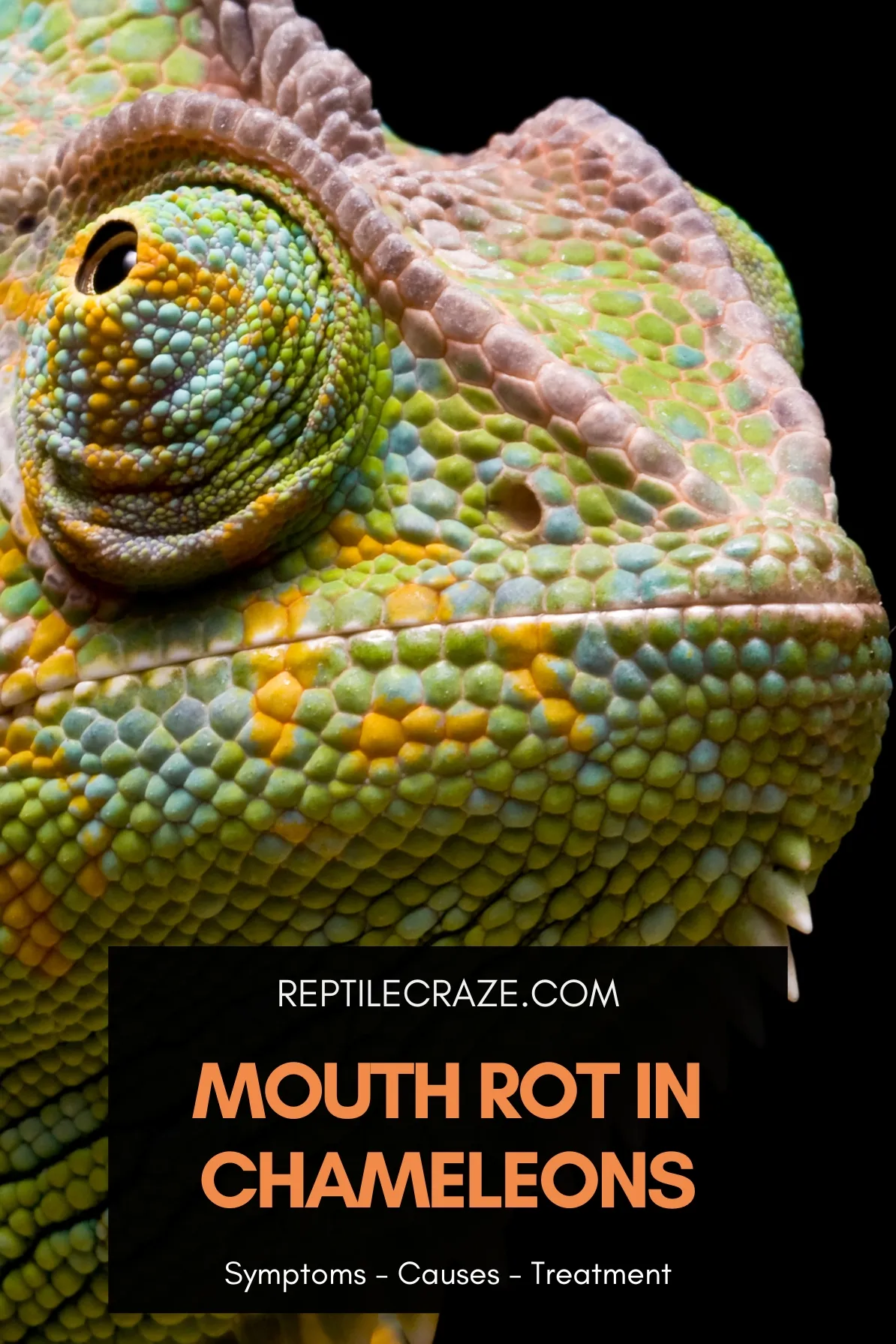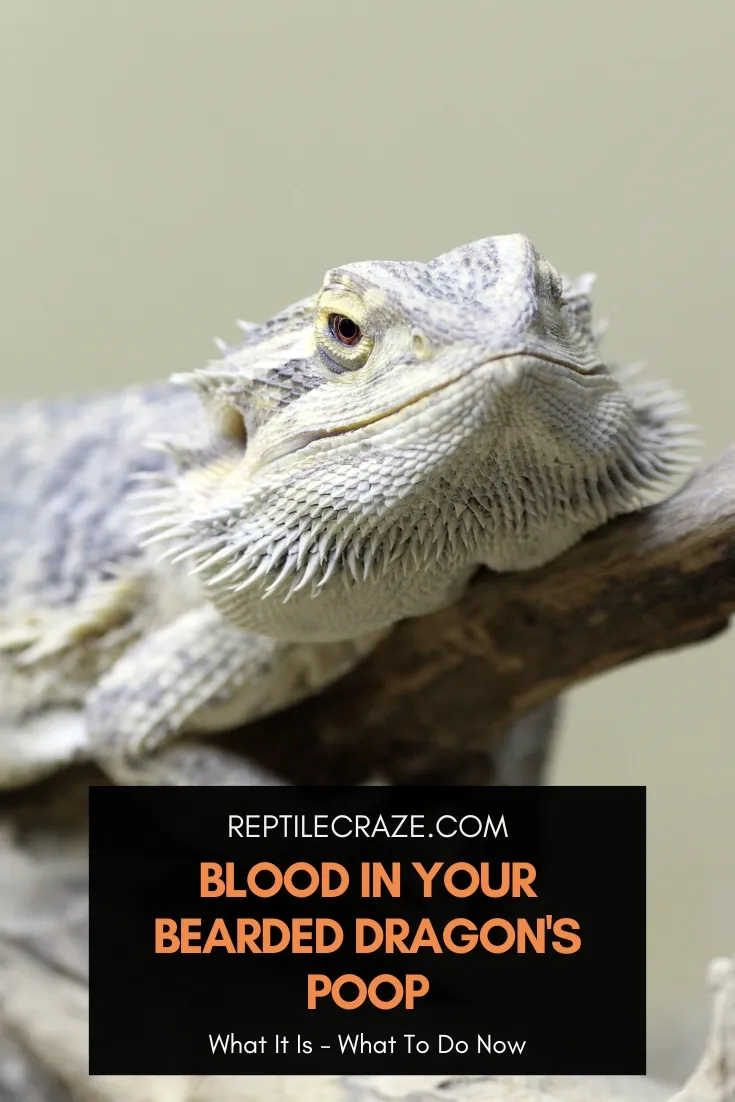Chameleons are interesting little creatures and make great reptile pets! They may be small, but they are pretty resistant. You might be reading this article because you’re thinking about leaving your chameleon to fend for itself for a few days. Chameleons can go for around 2 weeks without eating and 1 week without drinking, depending …
One day you start noticing your chameleon is no longer being as active as it was before, you may even start realizing that it seems uncomfortable when holding onto the branches in the enclosure. If you feel related to this, your pet may be suffering from a condition known as gout. Gout is characterized by …
It can be pretty worrying when you notice your reptile pet has some signs of disease. By checking on pets regularly, and getting to know their habits, routines, and preferences, we increase the chances of spotting problems early. Mouth rot can occur after an injury in a chameleon’s mouth is colonized by harmful bacteria. It’s …
You are minding your own business in your home when out of nowhere you are greeted by an unpleasant smell, and after looking for the source of it, you realize… it is coming from your pet’s enclosure! And now you are left wondering if a bearded dragon’s poop should smell that bad? Poop will always …
If you’re here to learn about bearded dragon misting, you’re probably concerned if your pet gets enough water. We’re here to answer your question! Bearded dragons get a lot of water from veggies and greens. Adults should be misted from once a day to 2-3 times weekly. The frequency may increase or decrease depending on …
We often get pets because of the unique bond between human and animal that pets can create. But some animals, like chameleons, can be harder to bond with than others. Or perhaps a chameleon-human bond just looks a different way than it does with more conventional pets. Chameleons don’t bond with their owners – at …
We all know that chameleons can take on a wide array of hues and patterns, but have you ever noticed white spots on your chameleon that didn’t use to be there? White spots on a chameleon can mean many things. Maybe it’s part of its natural color pattern. It could be from shedding, an injury, …
Femoral pores are an interesting part of a beardie’s anatomy and have important functions for wild bearded dragons. A pet beardie who is kept in appropriate conditions is unlikely to suffer from clogged femoral pores. Causes of clogged femoral pores in bearded dragons include; too small-sized tanks, low humidity or temperature, loose or smooth substrates, …
Chameleons are known insectivores. Though many chameleon species can eat lizards, small birds, and plant material, they prefer insects. But does this mean that chameleons will eat crickets or other insects even if they’re already dead? Though chameleons are insectivores, they prefer eating live crickets and insects. Aside from not finding them attractive, dead insects …
Seeing some red color in your bearded dragon’s poop can be very scary. You may start freaking out and wondering whether your pet is gravelly ill or if it is bleeding internally. But, should you really be worried if you notice some blood in your pet’s poop? Is there something you can do to help …










